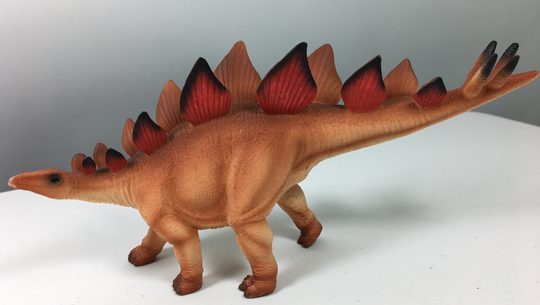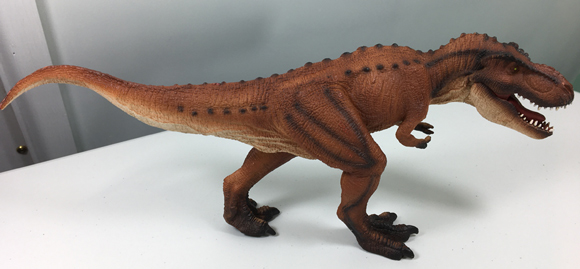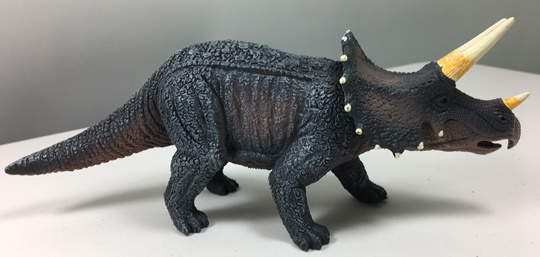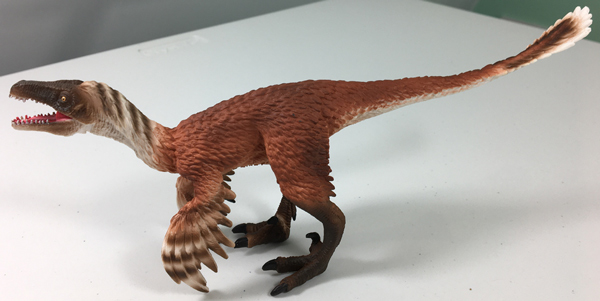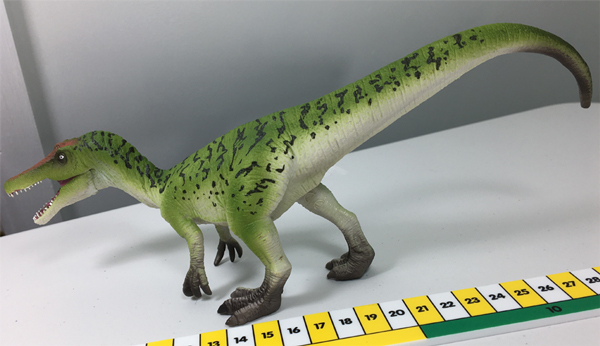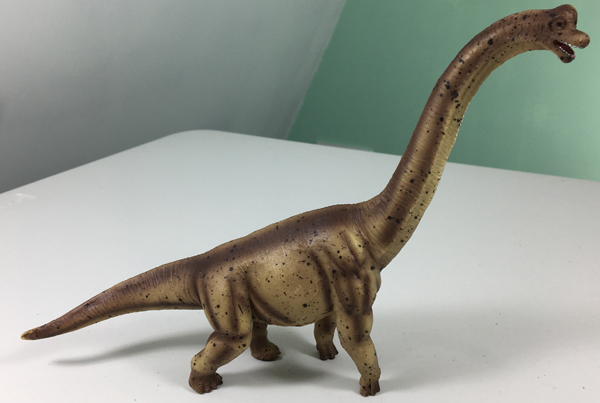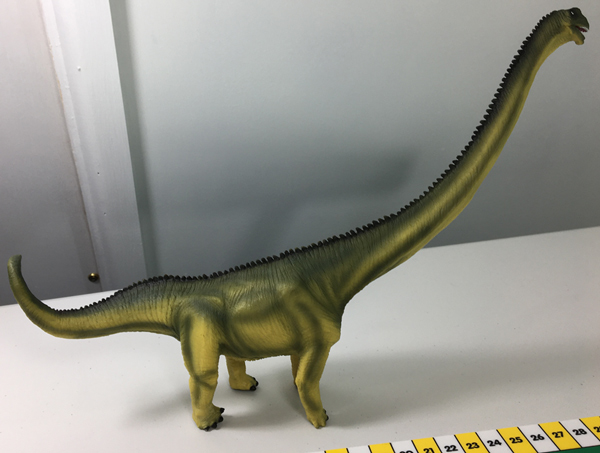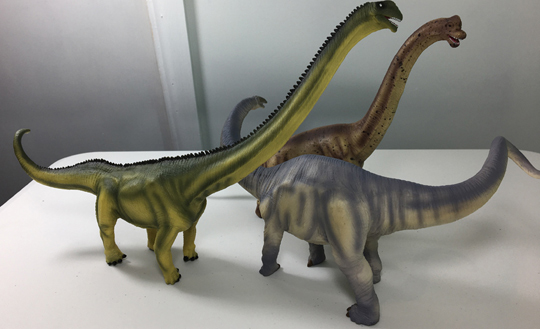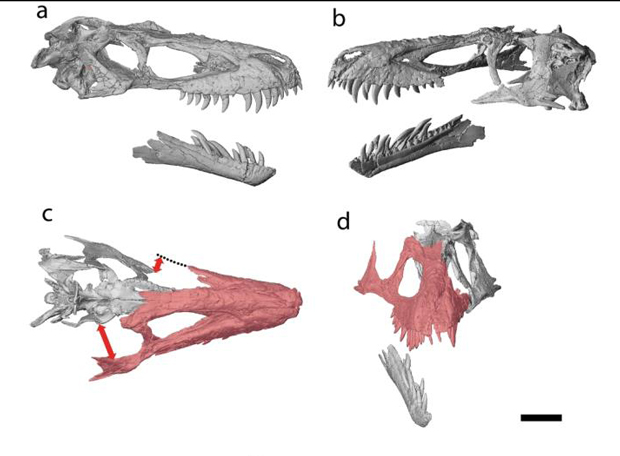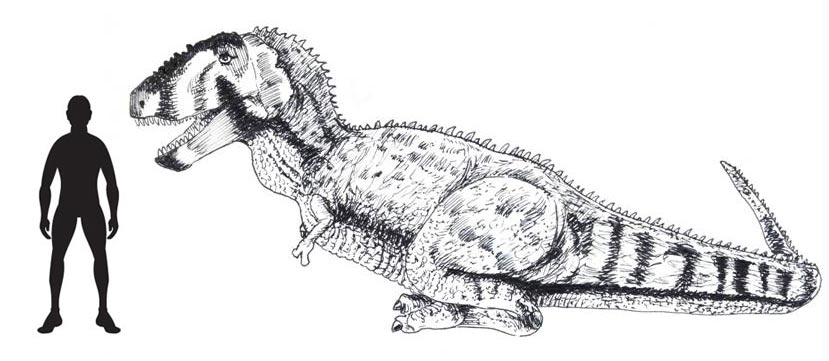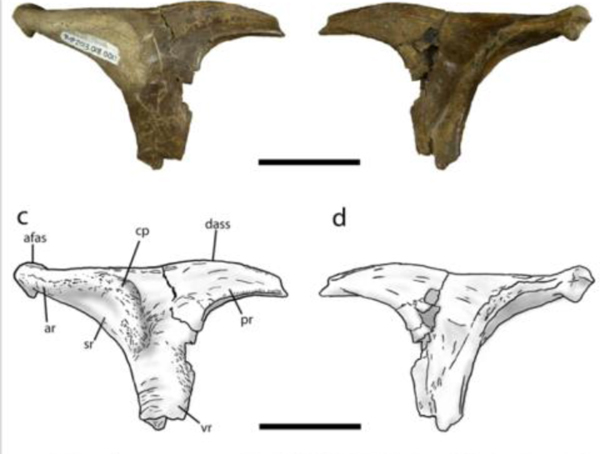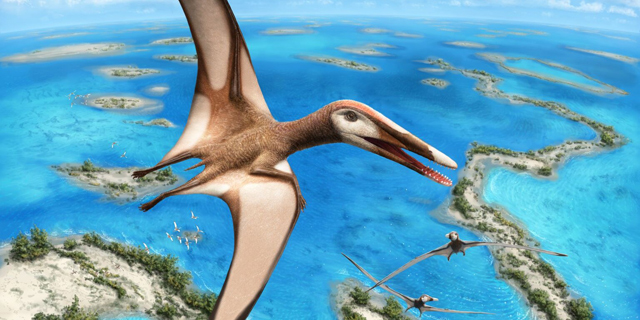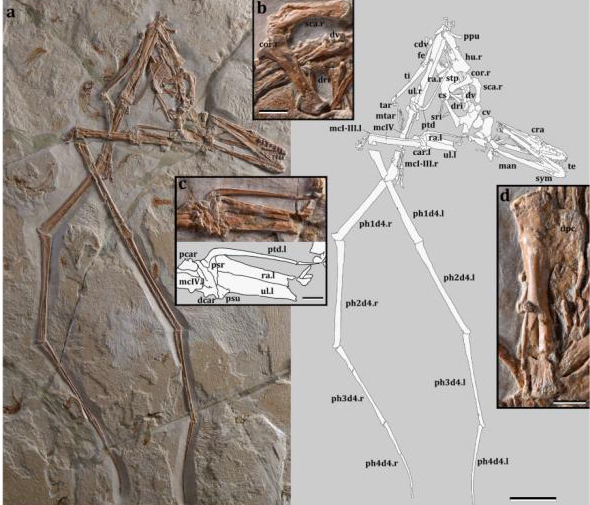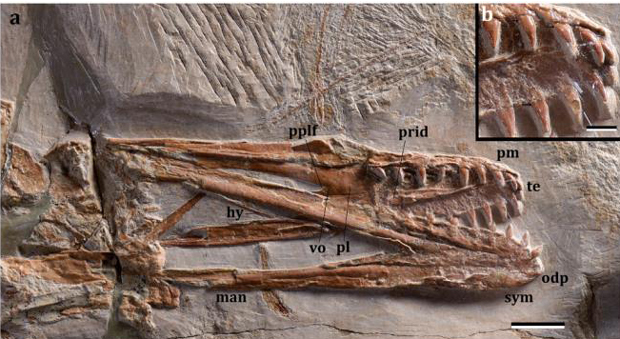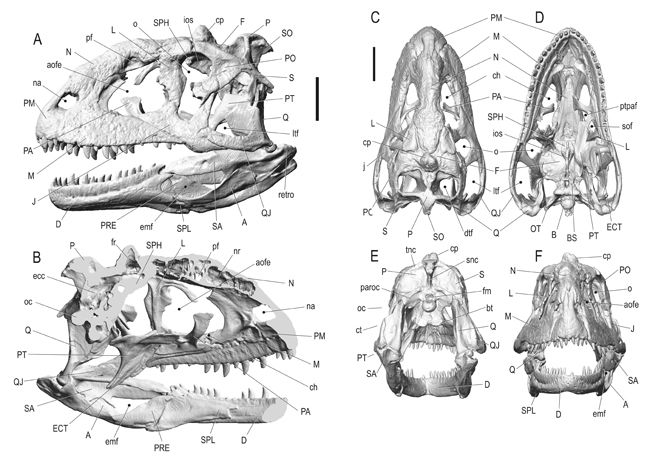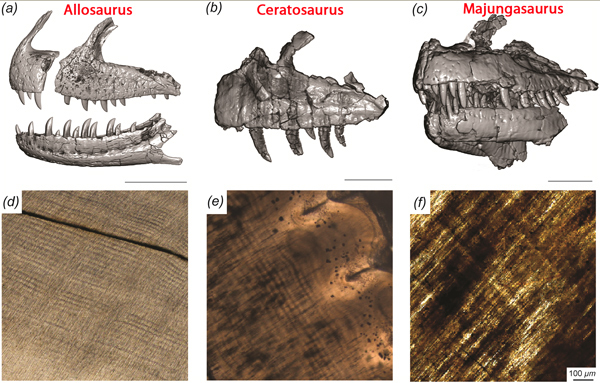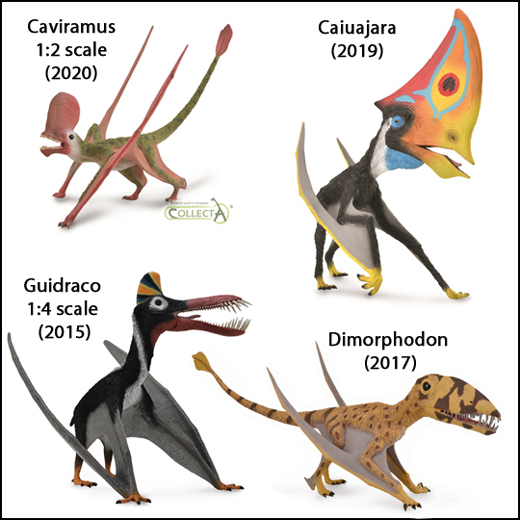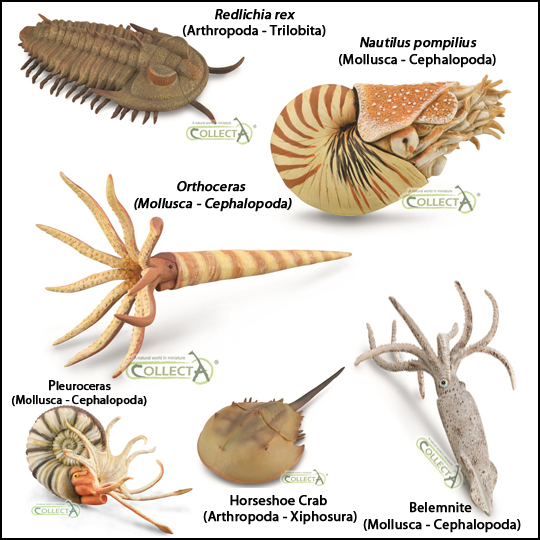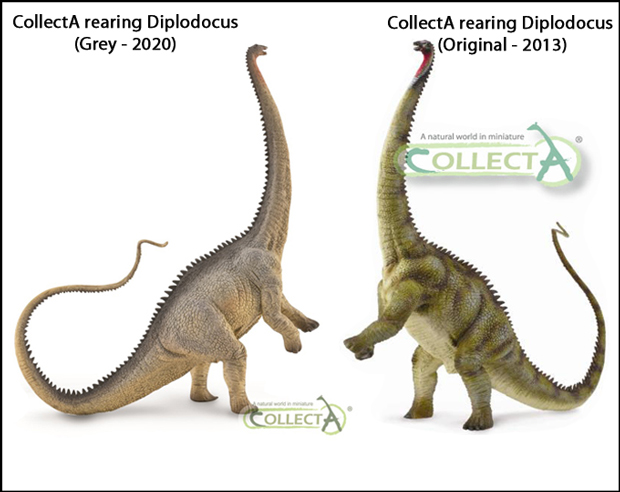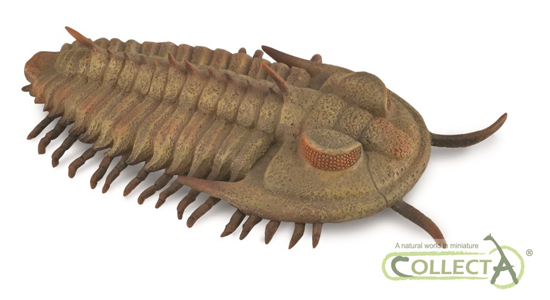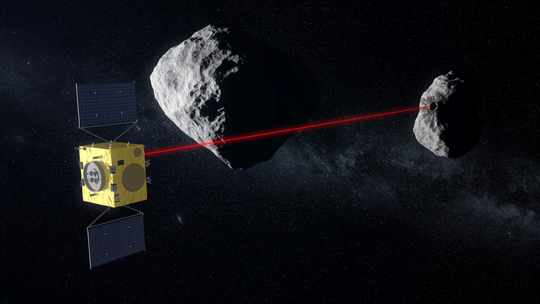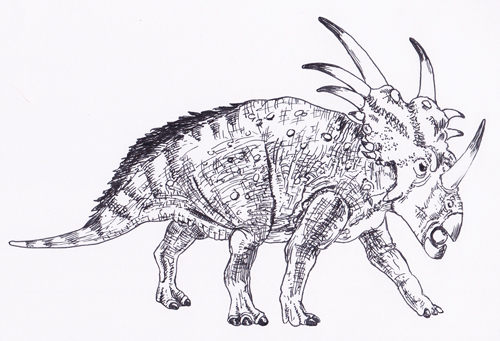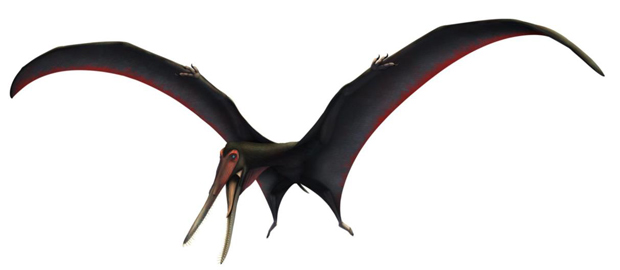New Mojo Fun Prehistoric Life Dinosaur Models (Part 2)
New Mojo Fun Prehistoric Life Dinosaur Models (Part 2)
Yesterday, Everything Dinosaur introduced six of the twelve new for 2020 dinosaur models from Mojo Fun. In the second and final part of this series, we discuss the remaining prehistoric animal figures due out next year in the “Prehistoric Life” model range.
New for 2020 Mojo Fun Allosaurus Dinosaur Model
Picture credit: Everything Dinosaur
Mojo Fun Allosaurus Dinosaur Model
The 2020 Allosaurus model is a new sculpt, team members at Everything Dinosaur are not sure whether this new figure will replace the existing Allosaurus model in the Mojo Fun portfolio. The 2020 version has an articulated lower jaw and it is slightly longer than its predecessor. The scarlet hornlets over the eyes and the raised markings along the snout contrast nicely with the muted dark grey overtones of the head and the body. The Allosaurus is well-balanced and stable, thanks to the slightly oversized hind feet.
Mojo Fun New for 2020 Stegosaurus
Picture credit: Everything Dinosaur
Visit the Everything Dinosaur website: Everything Dinosaur.
Mojo Fun Stegosaurus
In yesterday’s post when we discussed the Ankylosaurus figure, a second armoured dinosaur for 2020 was mentioned. We can now reveal that this is a new Stegosaurus sculpt. Those famous plates running along the back are nicely shaped and carefully painted, these plates are stiff and not likely to be bent out of shape very easily. The skin texture is well done with plenty of creases and wrinkles and there is even texture on the underside of the feet! The posture also reflects a more modern interpretation than previous Stegosaurus figures.
Mojo Fun Models Reconstruct Life in the Late Jurassic of Western North America

Picture credit: Everything Dinosaur
The New for 2020 Mandschurosaurus Dinosaur Model
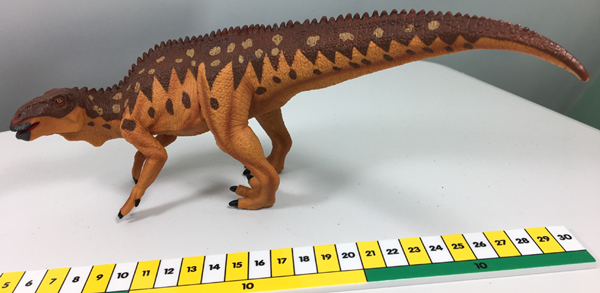
Picture credit: Everything Dinosaur
Mandschurosaurus Dinosaur Model
Ninety years after this plant-eating hadrosaurid was first described, Mojo Fun are introducing a Mandschurosaurus dinosaur model to their “Prehistoric Life” model range. This Late Cretaceous, Chinese dinosaur might be regarded as “nomen dubium” by some scientists but there is nothing dubious about this figure, it has been skilfully crafted and beautifully painted.
The model is robust and sturdy and has a reassuring “solid” feel to it, the paint scheme is very striking with the brown combining well with the warm, apricot tones. There is certainly plenty of detail to admire, the definitive black beak and the deep base to the tail, along with our favourite little touch, the fold of skin under the neck. All in all, top marks for Mojo Fun for introducing a Mandschurosaurus into their product range.
Mojo Fun Tyrannosaurus rex Model (2020)
Picture credit: Everything Dinosaur
Mojo Fun Tyrannosaurus rex
From one of the more obscure residents of the northern hemisphere in the Late Cretaceous to the most famous dinosaur of all. Mojo Fun will add a new model of T. rex to their range. This figure too is a new sculpt and it is very stable and well built. The jaw on our production figure does not open as wide as other models, but it opens wide enough to view the fleshy, muscular tongue, which has almost got a purple tinge to it. This is the largest T. rex figure made by Mojo Fun, it is some six centimetres longer than the 1/40th scale replica in this range. It stands well and we particularly like the black wash effect applied to the hind feet.
The Mojo Fun Triceratops Dinosaur Model (2020)
Picture credit: Everything Dinosaur
Mojo Fun 2020 Triceratops Dinosaur Model
Bring out a new T. rex and a new version of Triceratops is sure to follow. Mojo Fun don’t disappoint with a Triceratops scheduled to be released next year. The figure is a colour variant on the existing Mojo Fun “large” Triceratops model, but the paint scheme has changed. The model has a muted look overall, but the weathered look on those impressive brow horns has been retained.
Triceratops Better Watch Out! There’s a New Mojo Fun T. rex Approaching
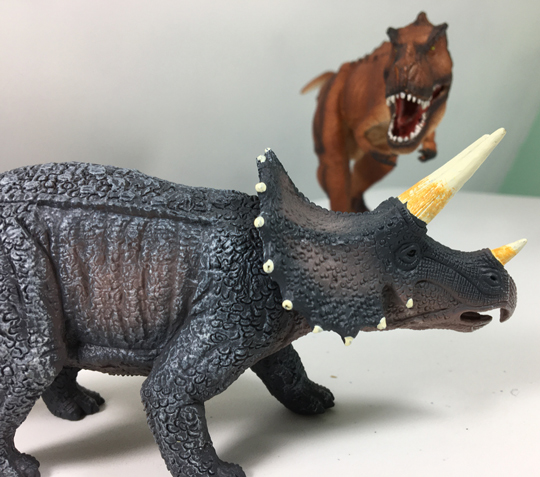
Picture credit: Everything Dinosaur
Mojo Fun Troodon (Troodontid) Model
Picture credit: Everything Dinosaur
Mojo Fun Troodon (Troodontid)
The final model that we will feature today, is a feathered dinosaur, it is a model of Troodon, a famous North American, Late Cretaceous member of the Theropoda that was originally named on the basis of a single fossil tooth associated with the Judith River Formation of Montana. The figure has been carefully sculpted to give the impression of a shaggy, feathery coat and in common with the rest of the new Mojo Fun releases the colour scheme is muted. The second toe of each foot is raised off the ground and the stiff, inflexible tail extends out behind the model and ends in a brown and cream coloured fan. The figure is well balanced and the feathers on the wings are beautifully marked. The Troodon figure has an articulated lower jaw.
Tale of the Tape
- Mojo Fun Allosaurus – length 22 cm, height of the head 9 cm.
- Mojo Fun Stegosaurus – length 19 cm.
- The Mojo Fun Mandschurosaurus – length 24.5 cm.
- Mojo Fun Tyrannosaurus rex – length 30 cm, height of the head 11.5 cm.
- The Mojo Fun Triceratops – length 20 cm.
- Mojo Fun Troodon (troodontid) – length 22 cm, height of head 9.5 cm.
To read the first part in this series: New Mojo Fun Dinosaur Models (Part 1).
To view the existing range of Mojo Fun models available from Everything Dinosaur: Mojo Fun Prehistoric and Extinct Models.



